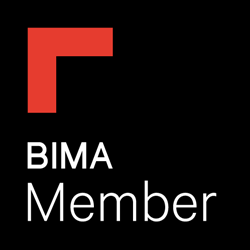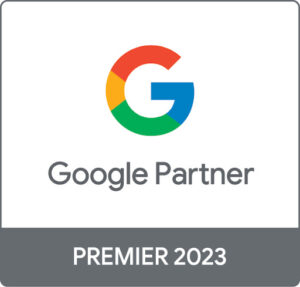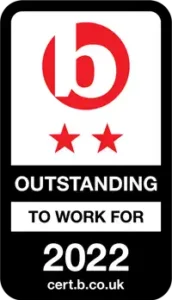As the saying goes, “a picture can say a thousand words”, and as a graphic designer at Seed, I couldn’t agree more. However, the creation of that picture can sometime spark debate and confusion. There a lot of moving parts in design and sometimes it can seem daunting!
1. Consider your colour palette
Colour palettes and schemes are as important as the message you want to relay with your design. But choosing the perfect colour combination doesn’t have to be so daunting.
Opt for a colour scheme that has 1-3 primary colours and an additional 1-3 secondary colours that contrast and complement each other. I recommend using different tones of the same colour as this creates consistency and makes your overall design look more calculated.
A great way to create colour palettes is to extract the colours from an image. One of the ways you can do this is to use Adobe Colour, a website that gives you several colour palettes from any image. Using the extract theme tool, you can create a natural colour scheme using all of the tones from your image.
2. Choose a typeface that sings the song of your content
Choosing the right font can be a time consuming process and it can come down to personal preference! There are more than 550,000 font styles out there, so it’s easy to feel overwhelmed by the choice available. Not only that, you have to know how to pair fonts together to make it look cohesive and aesthetically pleasing.
When selecting a typeface or font for headings, subtitles and body text, use easy to read fonts for simplicity and effectiveness. The eye finds it hard to scan multiple typefaces, so stick to a simple collection of fonts. Typefaces with rounded edges are usually a friendlier note, hard-edged geometric fonts are solid and strong, while serifs convey an elegant and sophisticated look. Using a font that reflects the design’s rhetoric can be a great way to paint a picture and create the right mood.
One easy to follow rule-of-thumb if you want to make your pairings with different fonts, is to use one novelty font for headings and a regular classic one for the body text. Alternatively, you could use one font family and create a pairing of its different weights. For example Montserrat bold for the heading, Montserrat regular for text blocks and italics for subheadings.
3. Consider the visual hierarchy
Visual hierarchy is how elements are ordered to signify the importance in your design, thus how it is likely to be read. For example, how headers are larger than subheadings, and subheadings are larger than body text. The same applies to images, graphics, icons and colours.
When you use visual hierarchy rules, you bring attention to a focal point in the design. This creates a visual balance that then starts a visual flow of information for the viewer. It goes without saying, the most visually dominant feature in a design should be the most important part of the message. You could experiment with applying colour and/or scale to your design to see how it changes the hierarchy of elements and what grabs attention first!
4. Gather inspiring work
As author, poet, and civil rights activist Maya Angelou once said: “You can’t use up creativity. The more you use, the more you have”. This reminds me to seek out new inspiration to encourage fresh creativity. Think of inspiration as a fuel that helps you constantly move forward and produce great quality designs.
My favourite tool for inspiration has got to be Pinterest, offering a wide variety of brilliant content. Create separate boards for different types of design that you can easily refer back to and add pins as you go. Also check out Dribbble and Behance for other amazing graphic design work.
5. Organisation is key
Lastly, it goes without saying, staying organised while you design is as important as the design itself. Allow yourself more time for creativity by following a few of these simple steps:
- Have all the details needed before you begin your design
- Create a main folder for your project. Within this, create subfolders with types of assets
- Name the files so they are easier to recognise
To conclude
Hopefully these simple tips can help guide you to start creating effective designs. Practising often will help you build your skills as a beginner designer and keep your creative juices flowing. And remember, graphic design is about exploration and experimentation, so most importantly, have fun!
If you are interested in Graphic Design and would like to speak to an expert, please contact us at enquiries@helloseed.co.uk!








